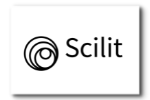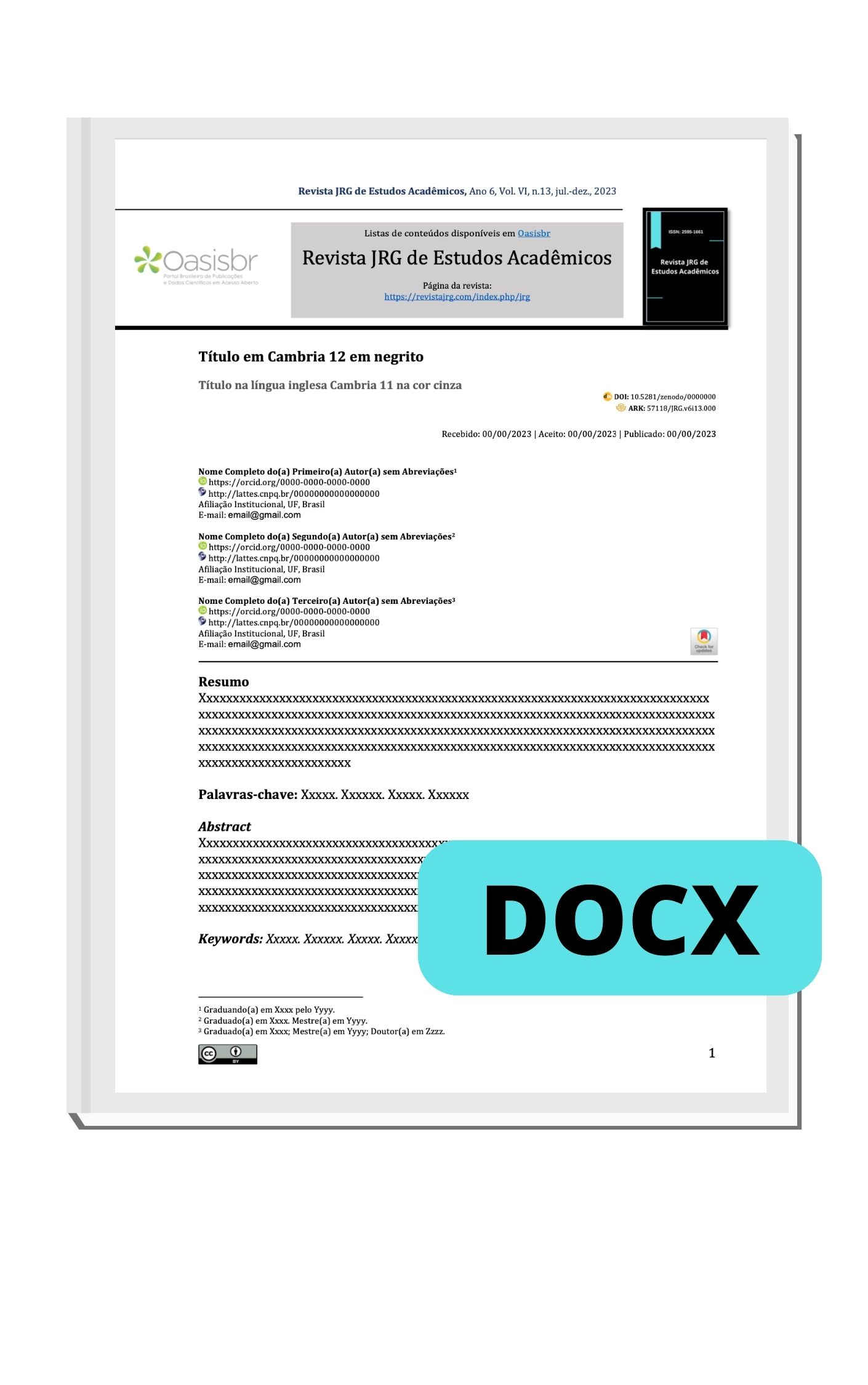Prevalence of substance use disorder in the smoking population of a municipality in the state of Sergipe, Brazil
DOI:
https://doi.org/10.55892/jrg.v7i15.1511Keywords:
Tobacco Use Disorder, Prevalence, Illicit Drugs, Smokers, Alcohol DrinkingAbstract
Smoking is one of the leading preventable causes of death worldwide, leading to 8 million deaths annually and reducing smokers' life expectancy by an average of 10 years. This study investigated the relationship between tobacco consumption and the use of other psychoactive substances in a sample of 97 smokers in Lagarto, Sergipe. Through a field survey and structured questionnaires, demographic data and substance use patterns—such as alcohol, marijuana, cocaine, and tobacco—were collected. The results showed that 75% of respondents smoked industrialized cigarettes, and 66% reported concurrent use of tobacco with another substance in the past three months, with alcohol being the most common combination. The study found significant correlations between the degree of involvement with tobacco and marijuana use, as well as between cocaine/crack consumption and the use of marijuana, inhalants, and hallucinogens. Age and duration of smoking were also associated with increased dependency on these substances.These findings highlight the importance of early interventions and multidisciplinary approaches to prevent the use of multiple substances and reduce associated mortality rates.
Downloads
References
AMERICAN PSYCHIATRY ASSOCIATION. Diagnostic and Statistical Manual of Mental disorders - DSM-5. 5.ed. Washington: American Psychiatric Association, 2013.
ALI, F. R. M. et al. Peer reviewed: onset of regular smoking before age 21 and subsequent nicotine dependence and cessation behavior among US adult smokers. Preventing chronic disease, v. 17, 2020.
BASTOS, F. I. P. M. et al. (Org.). III Levantamento Nacional sobre o uso de drogas pela população brasileira. Rio de Janeiro: FIOCRUZ/ICICT, 2017. 528 p.
CHAIM, C. H.; BANDEIRA, K. B. P.; DE ANDRADE, A. G. Fisiopatologia da dependência química. Revista de Medicina, v. 94, n. 4, p. 256-262, 2015.
CONNOR, J. P.; WEIER, M.; HALL, W. D. The Age of Onset of Alcohol Use Disorders. In: de GIROLAMO, G., MCGORRY, P., SARTORIUS, N. (eds) Age of Onset of Mental Disorders, p. 169–182, 12 nov. 2018.
CUSTODIO, L. et al. Nicotine and opioid co-dependence: Findings from bench research to clinical trials. Neuroscience & Biobehavioral Reviews, v. 134, p. 104507, 2022.
CZOLI, C.; LUONGO, G.; MISCHKI, T. Characterizing polysubstance use: What do we know about use of cigarettes, vaping products, cannabis, and alcohol among Canadians? Health Reports, v. 34, n. 4, p. 16-22, 2023.
DE CASTRO, M. R. P. et al. A dependência da nicotina associada ao uso de álcool e outras substâncias psicoativas. Semina: Ciências Biológicas e da Saúde, v. 29, n. 2, p. 131-140, 2008.
FORMIGONI, M. L. O. D. S. et al. Neurobiologia: mecanismos de reforço e recompensa e os efeitos biológicos comuns às drogas de abuso. Curso EAD SUPERA. Brasília, DF: MJC, 2017. Modulo 2, Capítulo 1, p. 13-27, 2017.
HATSUKAMI, D. K.; STEAD, L. F.; GUPTA, P. C. Tobacco addiction. The Lancet, v. 371, n. 9629, p. 2027-2038, 2008.
HENRIQUE, I. F. S. et al. Validação da versão brasileira do teste de triagem do envolvimento com álcool, cigarro e outras substâncias (ASSIST). Revista da Associação Médica Brasileira, v. 50, p. 199-206, 2004.
HUMENIUK, R. et al. The Alcohol, Smoking and Substance Involvement Screening Test (ASSIST): manual for use in primary care. Geneva: World Health Organization, 2010.
Instituto Brasileiro de Geografia e Estatística (IBGE). Pesquisa Nacional de Saúde. Painel de Indicadores – PNS. 2019
KOOB, G. F.; VOLKOW, N. D. Neurobiology of addiction: a neurocircuitry analysis. The Lancet Psychiatry, v. 3, n. 8, p. 760-773, 2016.
OSTROUMOV, A. et al. Acute nicotine exposure alters ventral tegmental area inhibitory transmission and promotes diazepam consumption. Eneuro, v. 7, n. 2, 2020.
REZENDE-PINTO, A. et al. The effect of religiosity during childhood and adolescence on drug consumption patterns in adults addicted to crack cocaine. BJPsych open, v. 4, n. 5, p. 324-331, 2018.
SANVISENS, A. et al. Long-term outcomes of patients with cocaine use disorder: a 18-years addiction cohort study. Frontiers in Pharmacology, v. 12, p. 625610, 2021.
Tobacco control – PAHO/WHO. Pan American Health Organization. Disponível em: https://www.paho.org/en/topics/tobacco-control.
UNODC. World Drug Report 2024. United Nations Office on Drugs and Crime. Vienna, Austria. 2024.
VAN DER MEER SANCHEZ, Z.; NAPPO, S. A. Progression on drug use and its intervening factors among crack users. Revista de saúde pública, v. 36, n. 4, p. 420-430, 2002.
WAGNER, F. A.; ANTHONY, J. C. Into the world of illegal drug use: exposure opportunity and other mechanisms linking the use of alcohol, tobacco, marijuana, and cocaine. American journal of epidemiology, v. 155, n. 10, p. 918-925, 2002.
WHO. WHO global report on trends in prevalence of tobacco use 2000-2025. World Health Organization, 2021.









































